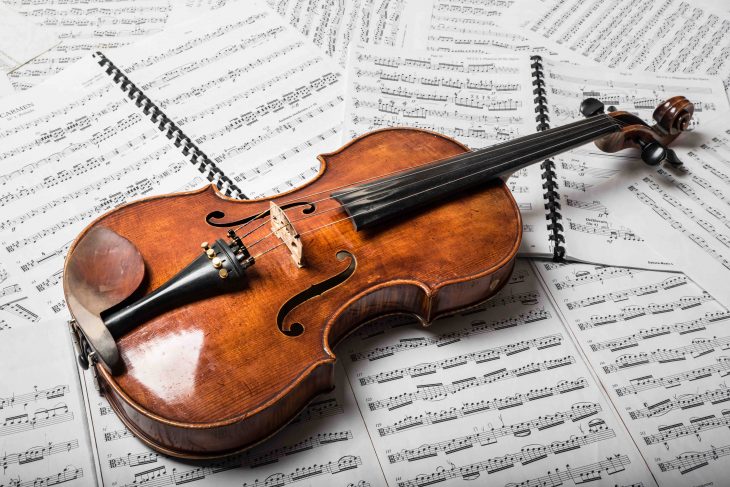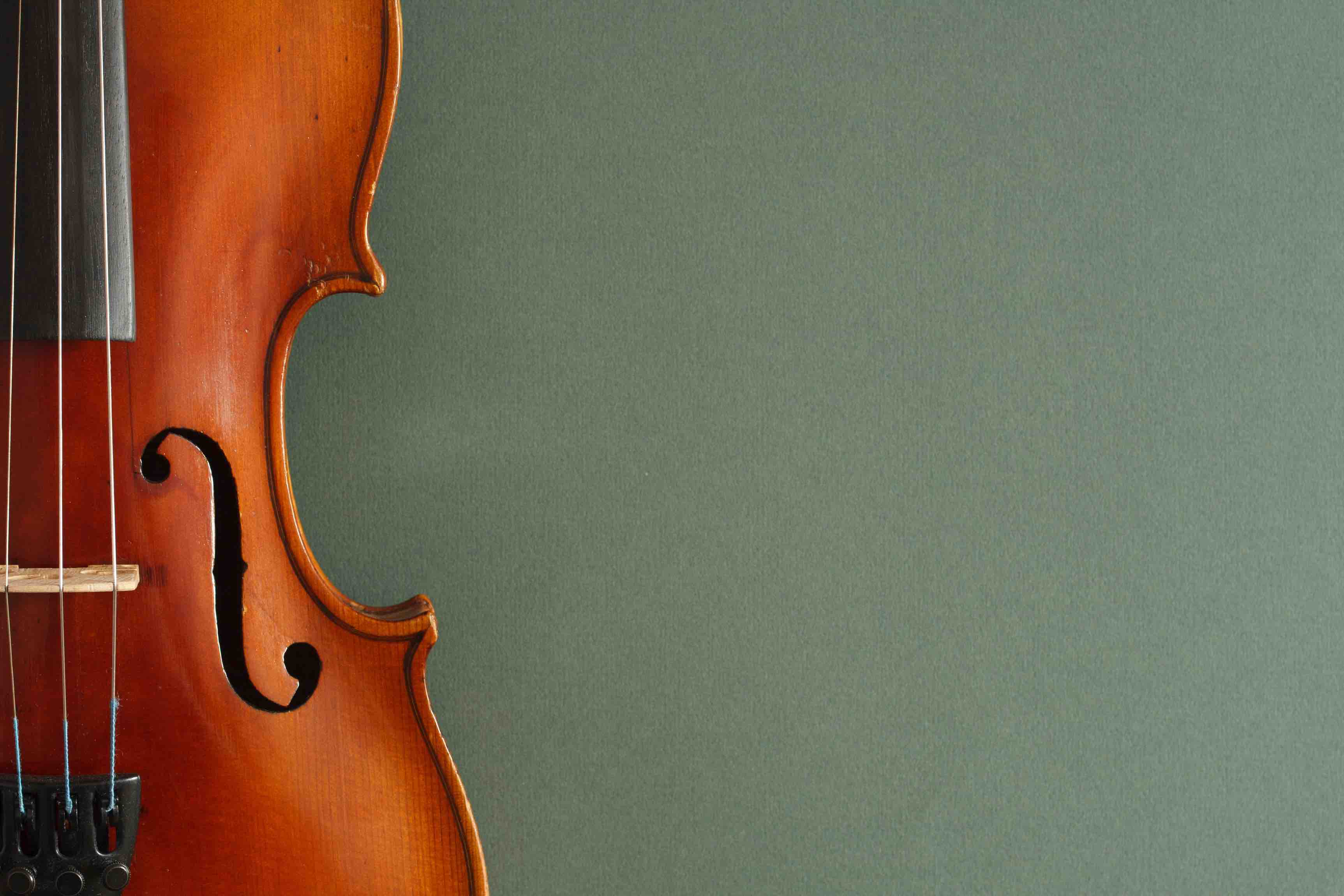
The viola, often referred to as the “middle child” of the string family, is a captivating musical instrument that holds a special place in the world of classical music. With its mellow and warm tones, the viola adds depth and richness to orchestral and chamber music compositions. In this article, we will explore 15 fascinating facts about the viola, shedding light on its history, construction, renowned players, and more.
The Viola’s Origins
The viola can trace its roots back to the 16th century in Italy, where it evolved from the early viol family of instruments. It was initially known as the “viola da braccio,” meaning “arm viol,” to distinguish it from the larger viola da gamba, which was played between the legs.
Size Matters
Violas come in various sizes, ranging from 15 to 17 inches in length. The larger size allows for a richer and more resonant sound compared to the violin, but it also requires a slightly different playing technique and fingering.
The Clef Conundrum
Unlike the violin, which primarily uses the treble clef, the viola often switches between the treble and alto clefs. This is because the viola’s range falls between that of the violin and cello, requiring different clefs to accurately notate the music.
The Viola’s Unique Sound

The viola has a distinct and warm tone that sets it apart from other string instruments. Its lower register gives it a deep and soulful quality, allowing it to provide the harmonic foundation and inner voices in ensemble settings.
Famous Viola Players
Lionel Tertis, William Primrose, and Yuri Bashmet are among the world-renowned viola players who have left an indelible mark on the instrument’s history. Their virtuosity and musicality have helped elevate the viola’s status as a solo instrument.
The Viola in Orchestras
In an orchestra, the viola section typically sits between the violins and cellos. This central position allows the violas to bridge the gap between the higher and lower string sections, creating a balanced and cohesive sound.
The Viola’s Bow
The bow used to play the viola is slightly heavier and longer than a violin bow, allowing for better control and projection of the instrument’s lower range. The added weight helps produce the desired depth and richness of sound.
The Viola d’amore
The viola d’amore is a unique variation of the viola that features sympathetic strings, which are not played directly but vibrate sympathetically when the other strings are played. This creates a haunting and resonant sound.
The Viola in Chamber Music
The viola plays a crucial role in chamber music ensembles, providing harmonic support, countermelodies, and adding depth to the overall texture of the music. Its versatility and ability to blend well with other instruments make it a sought-after choice for chamber musicians.
The Viola’s Wood
Traditionally, violas are crafted from fine tonewoods such as spruce for the top and maple for the back, sides, and neck. The choice of wood significantly influences the instrument’s sound and resonance.
The Viola in Folk Music
Beyond classical music, the viola also finds its place in various folk music traditions around the world. From Irish jigs to Scandinavian folk tunes, the viola’s warm and melodic qualities make it a versatile instrument across genres.
Viola Concertos

While the violin and cello have a vast repertoire of solo concertos, the viola has a more limited selection. However, composers like William Walton, Bela Bartok, and Paul Hindemith have written captivating concertos that showcase the viola’s expressive capabilities.
The Viola’s Silent Cousin
The electric viola offers a modern twist on the traditional instrument. With built-in pickups, it can be amplified to produce a range of sounds and effects, making it suitable for contemporary music styles.
Viola Jokes
Just like any instrument, the viola has its fair share of jokes and puns. These light-hearted quips often play on the viola’s reputation as the “middle child” and its perceived struggle for recognition in the world of classical music.
The Viola’s Growing Popularity
Over the years, the viola has gained popularity among aspiring musicians and music enthusiasts. Its unique tonal qualities, expanding repertoire, and captivating sound continue to attract a new generation of violists.
Final Word
The viola, with its warm and expressive sound, has carved a niche for itself in the world of music. Its role as a harmonizer, soloist, and ensemble player demonstrates its versatility and importance across various musical genres. Whether in orchestras, chamber ensembles, or as a solo instrument, the viola’s distinctive voice continues to captivate audiences worldwide.
Frequently Asked Questions (FAQs)
Is the viola larger than the violin?
Yes, the viola is slightly larger than the violin, both in terms of body size and string length.
Can a violinist easily switch to playing the viola?
While there are similarities between the two instruments, transitioning from violin to viola requires adjustments in technique and fingering due to the larger size and different clefs.
Are there famous solo compositions for the viola?
While the viola has a more limited repertoire of solo concertos compared to the violin or cello, there are notable compositions by composers such as William Walton, Bela Bartok, and Paul Hindemith.
Are there different sizes of violas available?
Yes, violas come in various sizes to accommodate players of different arm lengths and hand sizes. The most common sizes range from 15 to 17 inches in length.
Can the viola be used in non-classical genres of music?
Absolutely! The viola’s warm and melodic qualities make it a versatile instrument that can be found in various genres, including folk, jazz, and contemporary music.
Was this page helpful?
Our commitment to delivering trustworthy and engaging content is at the heart of what we do. Each fact on our site is contributed by real users like you, bringing a wealth of diverse insights and information. To ensure the highest standards of accuracy and reliability, our dedicated editors meticulously review each submission. This process guarantees that the facts we share are not only fascinating but also credible. Trust in our commitment to quality and authenticity as you explore and learn with us.
